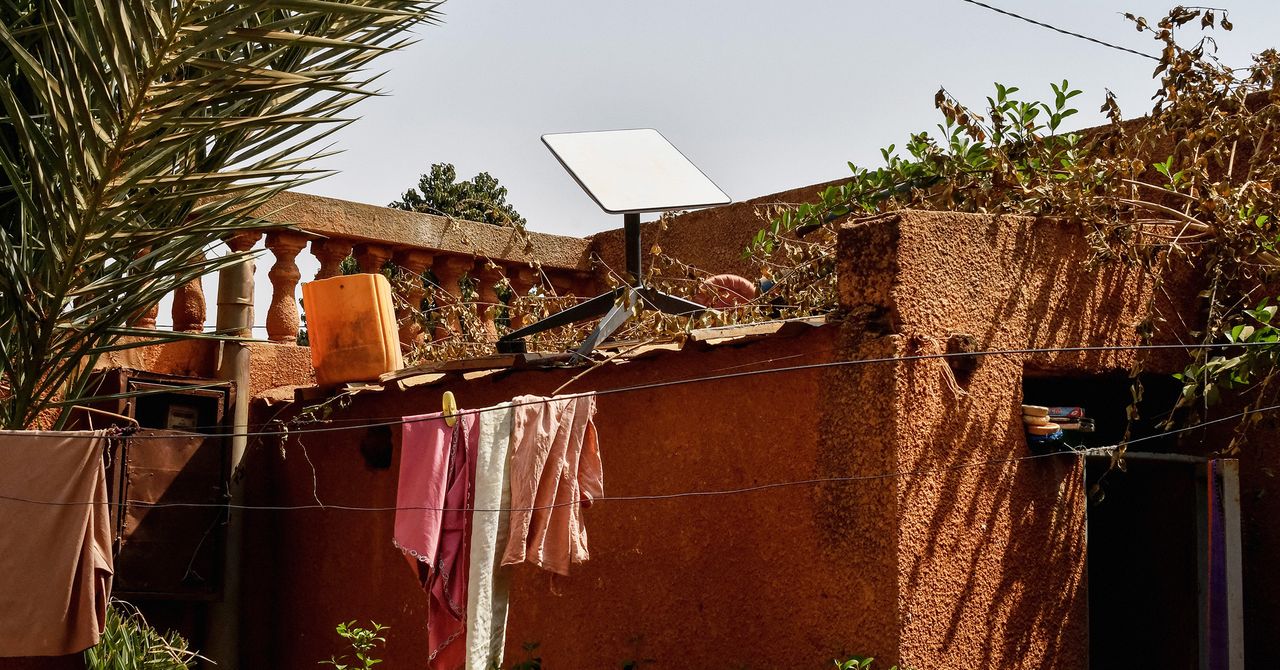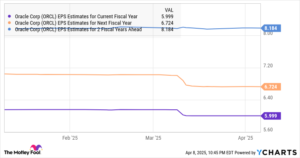Satellite Internet Enables the Integration of AI Everywhere

T-Mobile Teams Up with Starlink for Better Connectivity
Recent developments in satellite technology are making waves in the telecommunications industry. T-Mobile has formed a partnership with Starlink, a leading satellite internet provider, to enhance mobile connectivity for customers, particularly in areas where traditional cell reception is weak or non-existent. This collaboration aims to provide seamless network access, even when users are out of range of terrestrial cell towers.
How the Partnership Works
When a T-Mobile customer ventures beyond the coverage of a terrestrial tower, their phone will automatically connect to Starlink’s satellite network. This process does not require any manual adjustments or the use of an app, simplifying the user experience. According to experts, this feature is a significant advancement, making satellite technology accessible without the hassle of network switching.
Benefits of Satellite Connectivity
Satellite internet offers numerous advantages compared to conventional wireless networks. Here are some key benefits:
- Widespread Coverage: Unlike terrestrial towers, satellite networks can provide coverage in remote and rural areas, helping bridge the digital divide.
- Consistent Access: Satellite connections ensure that devices remain online even in regions lacking cell tower infrastructure.
- Support for Various Devices: This technology is not limited to smartphones; it can also enhance connectivity for trackers and other connected gadgets.
Competition in the Satellite Space
T-Mobile and Starlink are not the only players in the satellite internet arena. Other notable initiatives include:
European Commission’s IRIS²
On the same day T-Mobile made its announcement, the European Commission unveiled plans for a constellation of 290 satellites under its Infrastructure for Resilience, Interconnectivity, and Security by Satellite (IRIS²) program. This initiative aims to enhance connectivity across Europe.
Amazon’s Project Kuiper
Amazon has launched Project Kuiper, which aims to deploy over 3,000 satellites to provide broadband internet service globally. Prototypes have already been tested in the atmosphere, marking a significant step toward large-scale coverage.
Alphabet’s Taara
Alphabet, Google’s parent company, has introduced Taara, a satellite provider designed to compete in the satellite communications field.
Emerging Competitors
Several Chinese companies are entering the market, along with established firms like Lynk Global and Eutelsat OneWeb. These competitors aim to offer similar services, intensifying the competition for satellite-based connectivity.
Collaborations Among Major Telecom Players
AT&T and Verizon are also exploring partnerships to expand their satellite service coverage. Both companies are collaborating with Texas-based AST SpaceMobile. In addition, Verizon has been working with Project Kuiper since 2021, preparing for a potential boost in satellite service.
Apple has invested approximately $1.5 billion in Globalstar, a satellite company, to develop a constellation that can support features such as Emergency SOS and car crash detection in areas lacking cellular signals.
The Future of Satellite Technologies
Ian Christensen, a director at the Secure World Foundation, highlights the value of having global satellite constellations. These networks aim for universal coverage, eliminating concerns about different satellites being restricted to specific mobile devices.
However, Christensen cautions that interoperability issues could arise if devices are tied exclusively to particular satellite systems. For instance, if Globalstar satellites only worked with Apple products, it could lead to uneven connectivity experiences. Fortunately, the trend appears to lean towards a future where satellites support multiple platforms, similar to existing terrestrial telecom systems.
The advancements in satellite internet and growing partnerships suggest that the future of connectivity is leaning toward providing wider coverage and greater accessibility for users worldwide.



